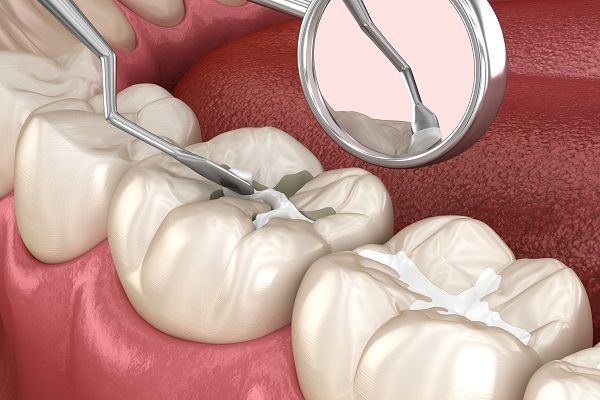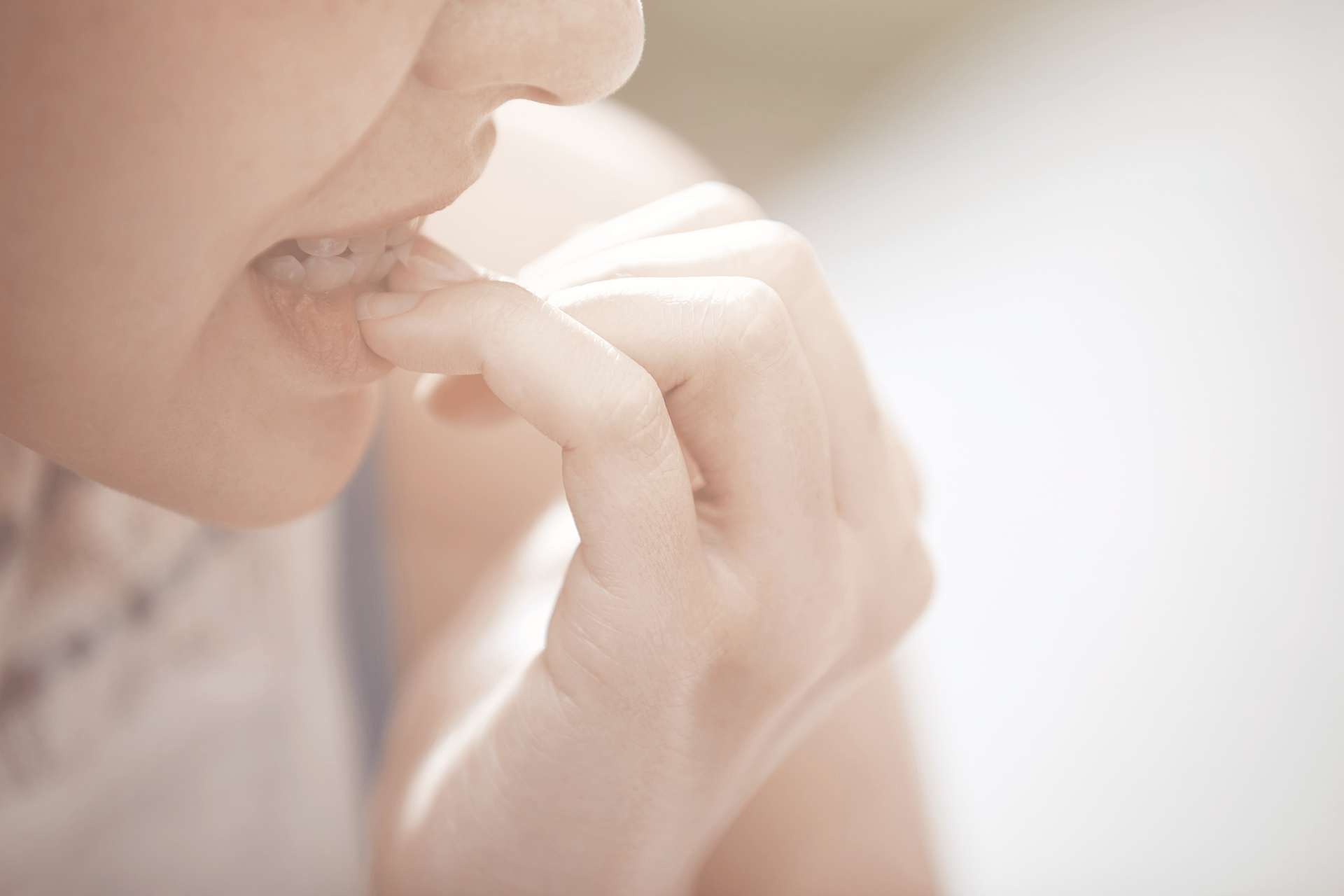Did you know that cultures all over the world have different traditions to celebrate the loss of baby teeth? Losing a tooth can be scary and painful, so many cultures have developed ways to celebrate and normalize losing baby teeth. Stories and characters help make it an exciting milestone instead of a scary one. Many countries or sometimes almost an entire continent share traditions.
Asia
Many Asian countries take lost teeth and throw them; up on the roof if it’s a bottom tooth, down below the house if it’s a top tooth. This tradition originated from people thinking that the new tooth would grow towards the lost tooth. Often, when the tooth is thrown the child yells a wish for their new tooth. A common wish is for their incoming tooth to be as strong as a mouse’s. Some places also believe that how the baby tooth lands will indicate the placement of the incoming adult tooth- if it lands straight the new tooth will come in straight, but a crooked landing can mean a crooked replacement.
Spain, Hispanic Cultures, and France
One of the older traditions for lost baby teeth that shows up in similar themes in many cultures is a tooth mouse. In most hispanic cultures he is named “Ratoncito Perez” or something similar, whereas in French-influenced cultures he is named “La Bonne Petite Souris.” While his exact method may be slightly different from culture to culture, typically he comes and takes the baby tooth from under the pillow or on the bedside table and often leaves behind a small gift or candy. Mice seem to be a good omen and mascot for teeth in many cultures as they are notorious for strong teeth that can chew well. It is believed that this tradition began as offering the tooth as a sacrifice to a mouse at the entrance to their hole in exchange for a strong mouse tooth in return. As animal worship died down, the tradition morphed too.
USA, Australia & Canada
Most Canadian and American children place lost teeth under their pillows- often with a note or in a special container. During the night, the mystical Tooth Fairy comes and collects their tooth, often leaving money behind. The tradition of a fairy, while familiar to most of us, is actually fairly new! The tooth fairy only appeared in pop culture as recently as the 1920’s. Although the exact origin is unknown, it is believed that the Tooth Fairy is a blending of two cultural traditions . The “good fairy,” featured in many European stories and modern children’s movies, blended with Ratoncito Perez from Hispanic culture. If you’re looking for a way to shake up your Tooth Fairy routine, check out our blog on some alternative ways to celebrate !
Iraq, Jordan, and Egypt
In these countries, children throw their teeth up at the sky or towards the sun. This again is a type of sacrifice, here to the sun. Their wish is that the powerful sun will take their baby tooth in exchange for a stronger, better one. Many believe this tradition goes back as far as the 13th century.
Mongolia and Indigenous Northern Tribes
In these cultures, the child surrenders the tooth to an elder, who them wraps the tooth in fat or bread. Next they offer the wrapped tooth to an animal with strong teeth such as a dog, squirrel, or mouse. The hope is that in return for the baby tooth, the spirit of the animal will ensure the child’s new tooth grows in strong and well-rooted.
Native American Culture
Native American cultures are actually quite diverse, even if some of them share the same respect for nature and the natural order of things. Here are a few of the traditions we know from some Native American tribes.
The Cherokee Indian tradition is for the child to run around the house 4 times, yelling to the Beaver to place a strong tooth in their jaw. After thier circuits, they toss the baby tooth to the roof. In the Dene Yellowknives tribe, the child gives the tooth to a mother or grandmother. The caretaker puts the tooth in a tree to ensure the child’s incoming tooth comes in well rooted and strong like a tree. In the Navajo tribe, the child’s parent holds on to the tooth until the child’s mouth doesn’t hurt anymore. After that, they bury the tooth to the East of a healthy young tree. In their culture, they associate East with youth. When they bury it near a healthy young tree they believe they are to ensuring the incoming tooth is strong and straight.
Have you heard of tooth traditions that we didn’t find? Or does your family do something unusual with baby teeth? Let us know!










